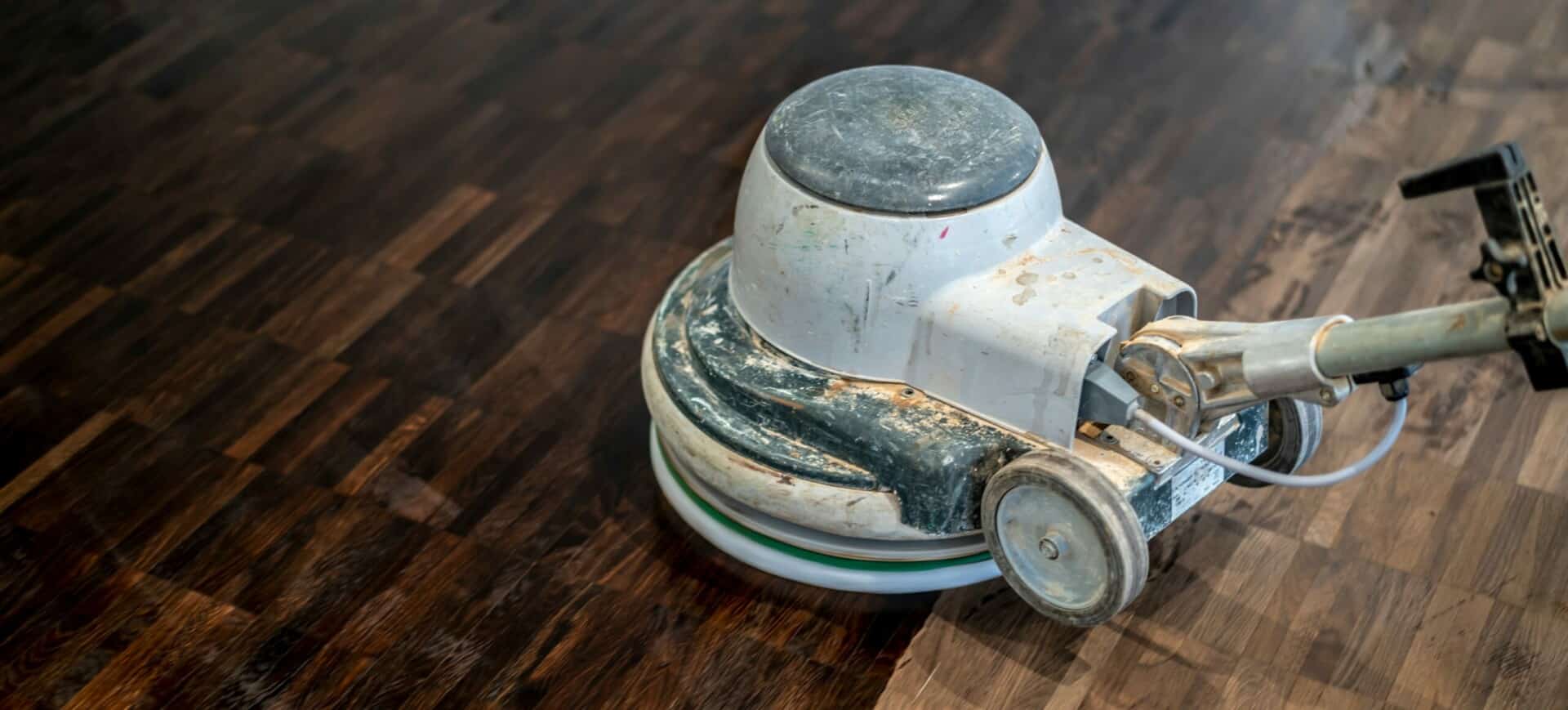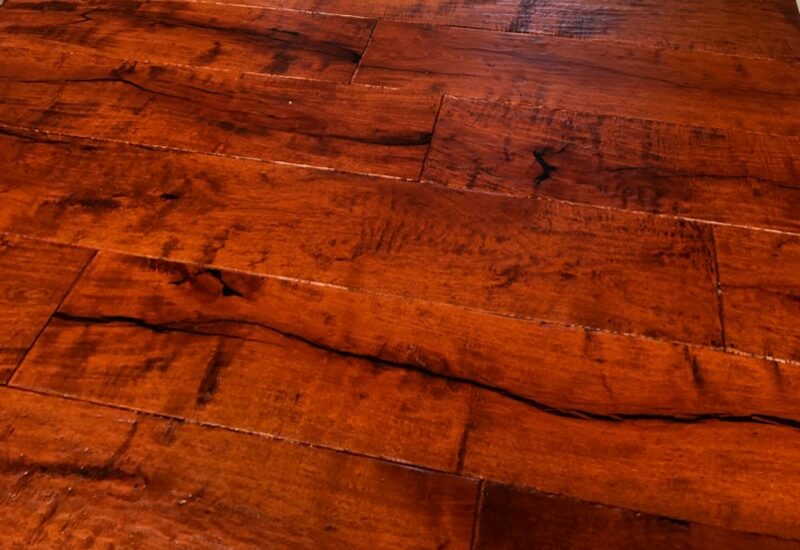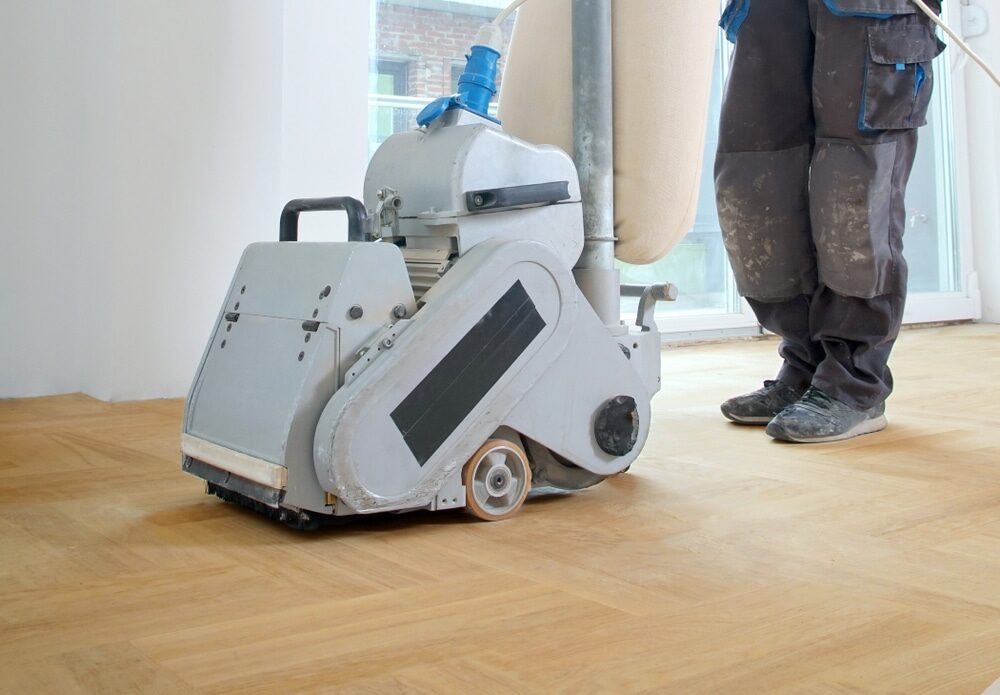London:
Nationwide:
Wood Floor Restoration: Effective Floor Sanding and Refinishing Techniques
Posted on June 9, 2023
News
Mastering Wood Floor Restoration: A Guide to Effective Floor Sanding and Refinishing Techniques
The timeless appeal and warmth of wooden floors can’t be overstated. However, even with the best care, these floors will inevitably show signs of wear and tear over time. The good news is that wood floor restoration can breathe new life into your worn-out wooden floor, and this guide will delve into the effective floor sanding and refinishing techniques that make this possible.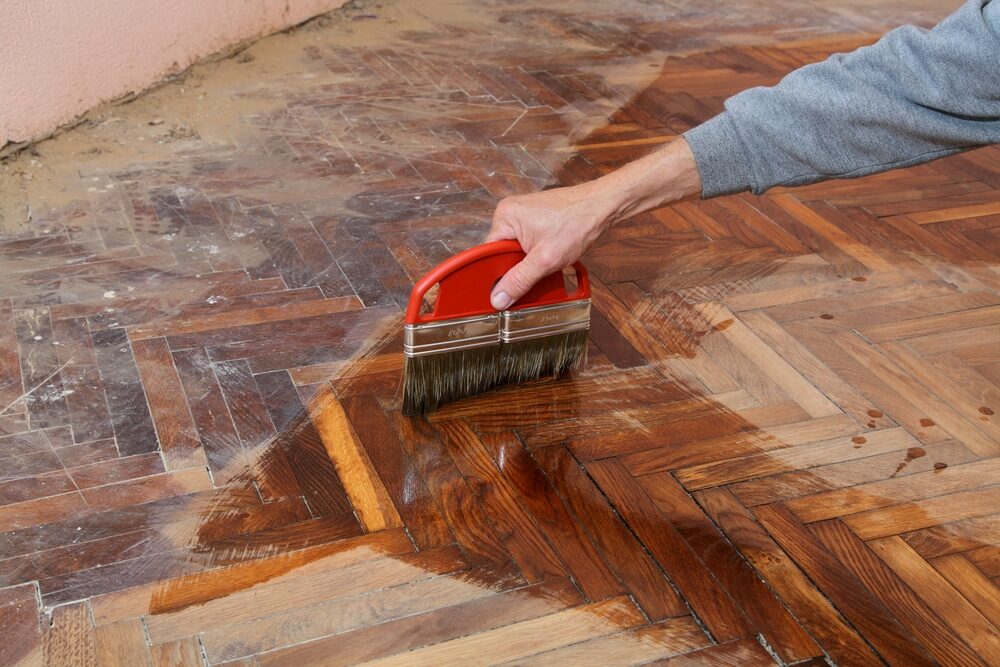
Understanding Wood Floor Restoration
Wood floor restoration involves a series of processes designed to revive the appearance of your wooden floors. These processes often include sanding (to smooth the floor’s surface and remove old finishes) and refinishing (to restore the floor’s protective layer and enhance its aesthetic appeal).Effective floor sanding techniques
Floor sanding is a crucial stage in wood floor restoration, setting the stage for refinishing. Here are the essential steps and techniques involved: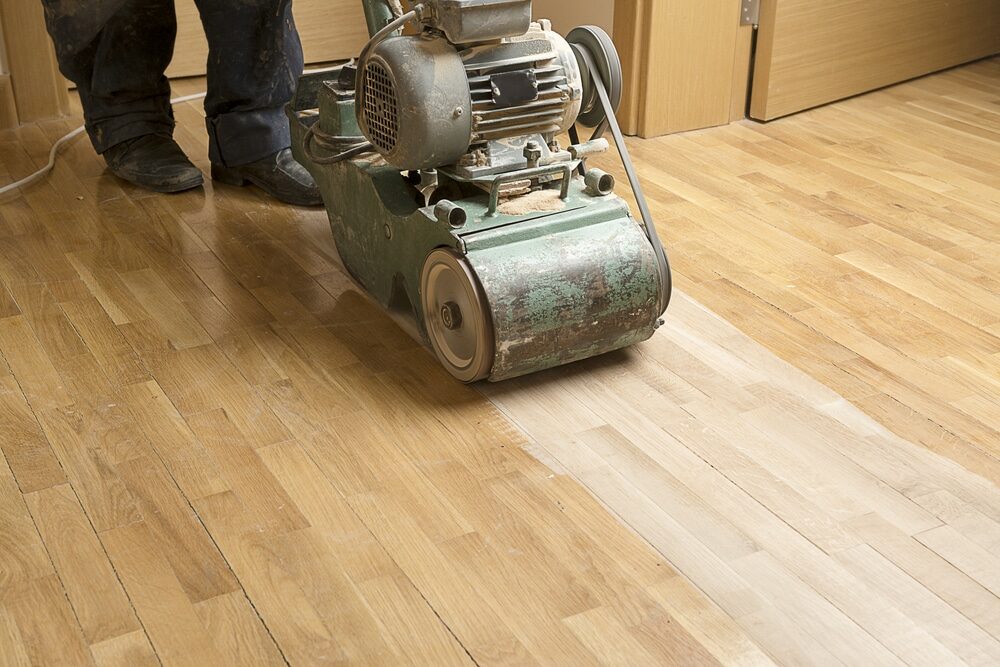 1. Preparing the Area
The first step in any sanding process involves preparing the area. This step involves removing furniture or loose items from the room, covering doors and vents to minimize dust spread, and checking the floor for protruding nails or staples.
2. Choosing the Right Sander
Various types of sanders are available, including drum sanders, orbital sanders, and edging sanders. Your choice will depend on the nature of the job. For instance, drum sanders are typically used for larger jobs, while orbital sanders are best for smaller spaces and edging sanders for corners and edges.
1. Preparing the Area
The first step in any sanding process involves preparing the area. This step involves removing furniture or loose items from the room, covering doors and vents to minimize dust spread, and checking the floor for protruding nails or staples.
2. Choosing the Right Sander
Various types of sanders are available, including drum sanders, orbital sanders, and edging sanders. Your choice will depend on the nature of the job. For instance, drum sanders are typically used for larger jobs, while orbital sanders are best for smaller spaces and edging sanders for corners and edges.
 3. Sanding Process
The sanding process usually involves three passes, each with a different sandpaper grit. The first pass uses coarse-grit sandpaper to remove the old finish and any significant scratches or dents. The subsequent passes use medium- and fine-grit sandpapers to smooth the floor surface.
3. Sanding Process
The sanding process usually involves three passes, each with a different sandpaper grit. The first pass uses coarse-grit sandpaper to remove the old finish and any significant scratches or dents. The subsequent passes use medium- and fine-grit sandpapers to smooth the floor surface.
 4. Cleaning
Once the sanding is complete, the floor must be thoroughly cleaned to remove dust or debris. This step is crucial, as any remaining particles can interfere with refinishing.
4. Cleaning
Once the sanding is complete, the floor must be thoroughly cleaned to remove dust or debris. This step is crucial, as any remaining particles can interfere with refinishing.
Effective Floor Refinishing Techniques
Once you have a smooth, clean floor surface, the next step is to refinish the floor. Here are the steps and techniques involved: 1. Choosing the Right Finish Several types of finishes are available, including polyurethane, varnish, and penetrating oil sealers. The choice of finish depends on the desired look and the level of durability required. Polyurethane finishes are durable and resistant to moisture and wear, making them a good choice for high-traffic areas.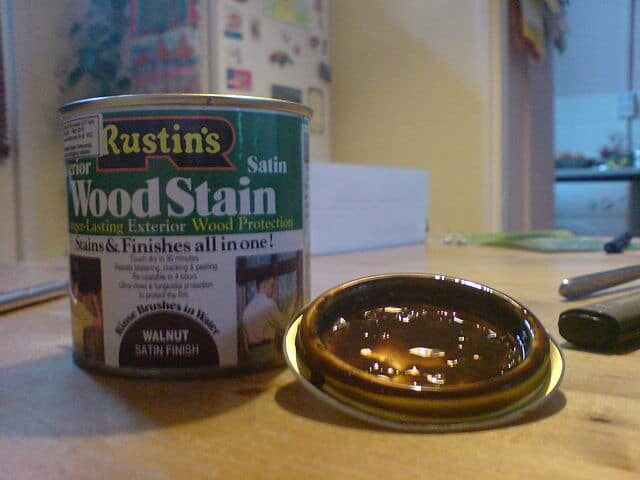 2. Applying the finish
The technique for applying the finish will depend on the type of product you are using. Some finishes can be applied using a brush or roller, while others are best applied using a lamb’s wool applicator. The finish should be applied evenly, working toward the wood grain.
2. Applying the finish
The technique for applying the finish will depend on the type of product you are using. Some finishes can be applied using a brush or roller, while others are best applied using a lamb’s wool applicator. The finish should be applied evenly, working toward the wood grain.
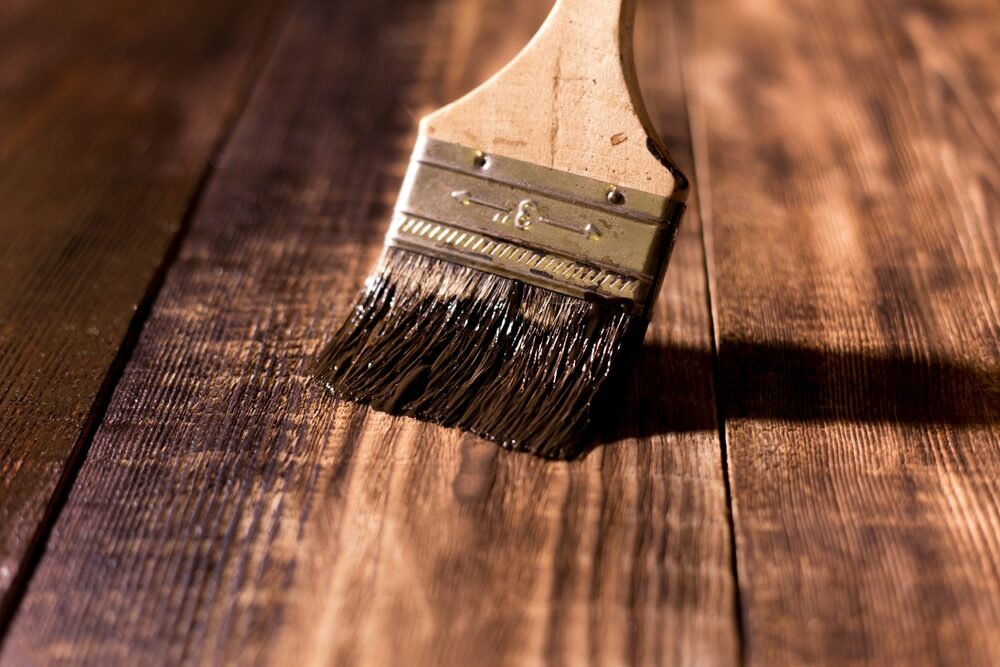 3. Drying and recoating
Once the first coat of finish is applied, it should dry before the next coat is applied. The drying time will depend on the type of finish. Once dry, the floor should be lightly sanded to ensure a smooth surface, and then the next coat can be applied.
4. Final Touches
After the final coat of finish is applied and dried, you can reinstall any baseboards or moldings. Then, the room can be cleaned, and the furniture returned.
3. Drying and recoating
Once the first coat of finish is applied, it should dry before the next coat is applied. The drying time will depend on the type of finish. Once dry, the floor should be lightly sanded to ensure a smooth surface, and then the next coat can be applied.
4. Final Touches
After the final coat of finish is applied and dried, you can reinstall any baseboards or moldings. Then, the room can be cleaned, and the furniture returned.
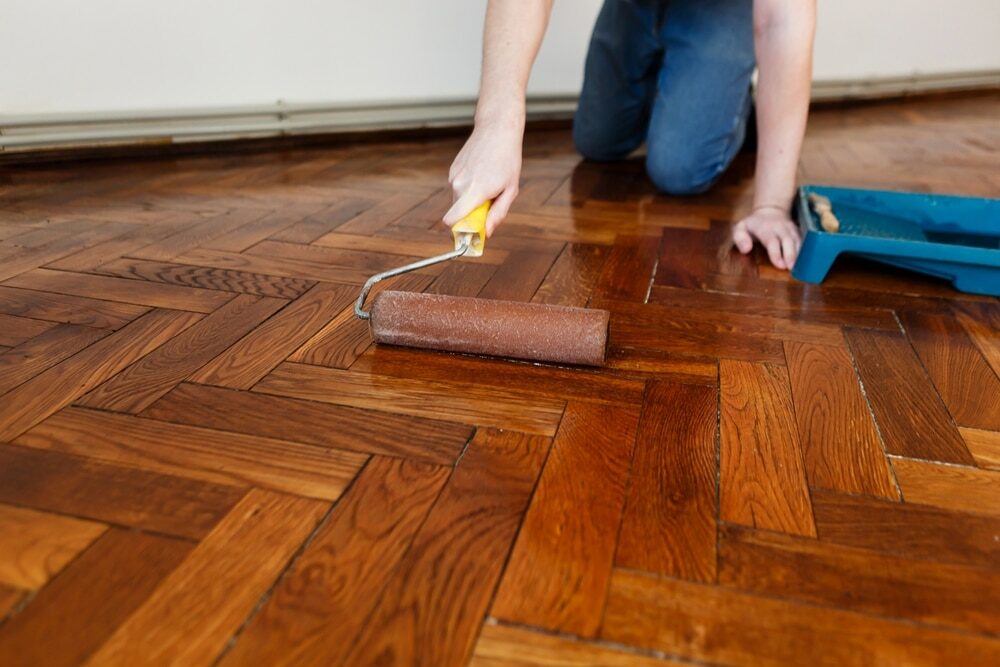
Conclusion
Wood floor restoration is an effective way to rejuvenate your wooden floors, improving their appearance and lifespan. Using the right floor sanding and refinishing techniques, you can ensure that your floors look their best and serve you well for years.Some Useful Links:
- Floor Sanding Services
- School Floor Sanding
- Wood Floor Restorations
- Wood Floor Repairs
- Wood Floor Polishing
More from our Blog:
Choosing the Right Wood Floor Sanding Manufacturer and Supplier Mastering Wood Stripping & Sanding: Your Comprehensive Guide The top 6 places to buy Wood flooring in the UK | Mr Sander® Step-by-Step Guide to Sanding Your Wood Floor | Restore Your Floor’s Beauty Unraveling the Art of Fine Wood Floor Sanding | Detailed Guide
Sanding
We provide virtually dust-free sanding with our continuous belt machinery with mobile extraction units, giving you a safer environment for your family.
Oiling
This organic finish not only adds beauty to your home but also has exceptional water-repellent characteristics, making it easier to clean and maintain.
Waxing
This natural floor finish offers the softest and most mellow appearance – and leaves your floor able to breath.
Buffing
Using soft buffing machines (and hand-polishing where required) will bring a wonderful sheen to your newly-finished floor.
Repairs
We offer a full assessment of your wooden floors to determine what repairs are needed to provide the perfect working surface for the later stages of sanding, staining and sealing.
Restoration
We offer a comprehensive restoration process designed to address floors that are improperly fitted or damaged over time through wear and tear.
Request a fixed price quote for your wood floor restoration now
Simply enter your postcode below to get started.
Services
Wood Floor Sanding Wood Floor Restoration Wood Floor Scratch Repair Squeaky Wood Floor Repair Parquet Floor Sanding Parquet Floor Restoration Commercial Floor Sanding Church Floor Sanding Community Centre Floor Sanding School Floor Sanding Gap Filling Gap Filling with ResinCopyright © Mr Sander®
Privacy & Cookies Terms & Conditions Complaints Procedure Cancellation Rights Sitemap